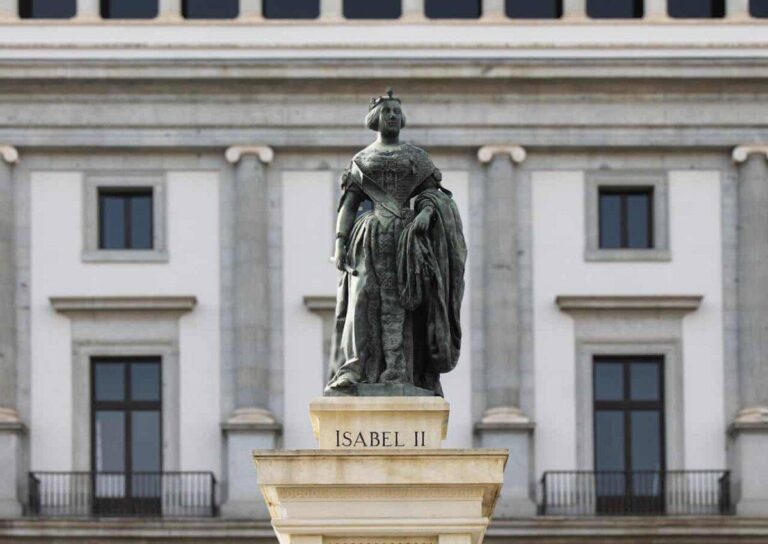Saint Justin the Martyr 2C
Saint Justin the Martyr was born in about the year 100, and he died in 165. He is also known as Justin the Philosopher and was an early Christian apologist and philosopher. Most of his works are lost, but two apologies and a dialogue still survive. The First Apology, his most well-known text, passionately defends the morality of the Christian life. Further, he also indicates, as St. Augustine would later, regarding the “true religion” that revealed itself as Christianity, and that the “seeds of Christianity” predated Christ’s incarnation. This notion allows him to claim many historical Greek philosophers (including Socrates and Plato). He was familiar with those works. Do you find his life inspirational?

Saint Justin the Martyr Biography
Saint Justin Martyr was born somewhere between 90–100, into a Greek family, near the ancient biblical city of Shechem, in Samaria. He probably knew little or no Hebrew and Aramaic and had only a passing acquaintance with Judaism. Justin describes his early education, stating that his initial studies left him unsatisfied.
He says he tried first the school of a Stoic philosopher, then attended a Peripatetic philosopher, but was put off because the philosopher was too eager for his fee. Then he went to hear a Pythagorean philosopher who demanded that he first learn music, astronomy, and geometry, which he did not want to do. Subsequently, he adopted Platonism after encountering a Platonist thinker who had recently settled in his city.
Some time afterwards, Saint Justin Martyr met an old man, possibly a Syrian Christian, in the vicinity of the seashore, who engaged him in a dialogue about God and spoke of the testimony of the prophets as being more reliable than the reasoning of philosophers. Interestingly, the Syrian Christians are disappearing. It is a rich history that dates back to the time of Jesus.
Saint Justin Martyr then adopted the dress of a philosopher himself and traveled about teaching. During the reign of Antoninus Pius, he arrived in Rome and started his own school. Tatian was one of his pupils. In the reign of Marcus Aurelius, after disputing with the cynic philosopher Crescens, he was denounced by the latter to the authorities, according to Tatian (Address to the Greeks 19) and Eusebius (HE IV 16.7–8). Justin was tried, together with six friends, the urban prefect Junius Rusticus, and was beheaded.
The earliest mention of Justin is found in the Oratio ad Graecos by his student Tatian, who, after calling him “the most admirable Justin”, quotes a saying of his and says that the Cynic Crescens laid snares for him. Saint Justin uses material from the Synoptic Gospels (Matthew, Mark, and Luke) in the composition of the First Apology and the Dialogue. However, his use, or even knowledge, of the Gospel of John is uncertain.
Saint Justin the martyr listed the following events as fulfillments of Bible prophecy: The prophecies concerning the Messiah and the particulars of His life. The destruction of Jerusalem. The Gentiles accepting Christianity. Isaiah predicted that Jesus would be born of a virgin. Micah mentions Bethlehem as the place of His birth. Zechariah forecasts His entry into Jerusalem on the foal of an ass (a donkey). So, we can see he was connected to the early church.
Conclusion
Saint Justin was martyred, along with some of his students, and is venerated as a saint by the Catholic Chuch and many other churches. He is fundamtal to the concept of religion itself. He is one of the most important philosophers in Western Christianity. He again demonstrates that even a Christian from long ago will be remembered if he or she was an author. Here we have someone who lived two thousand years ago, whom we know a lot about.







